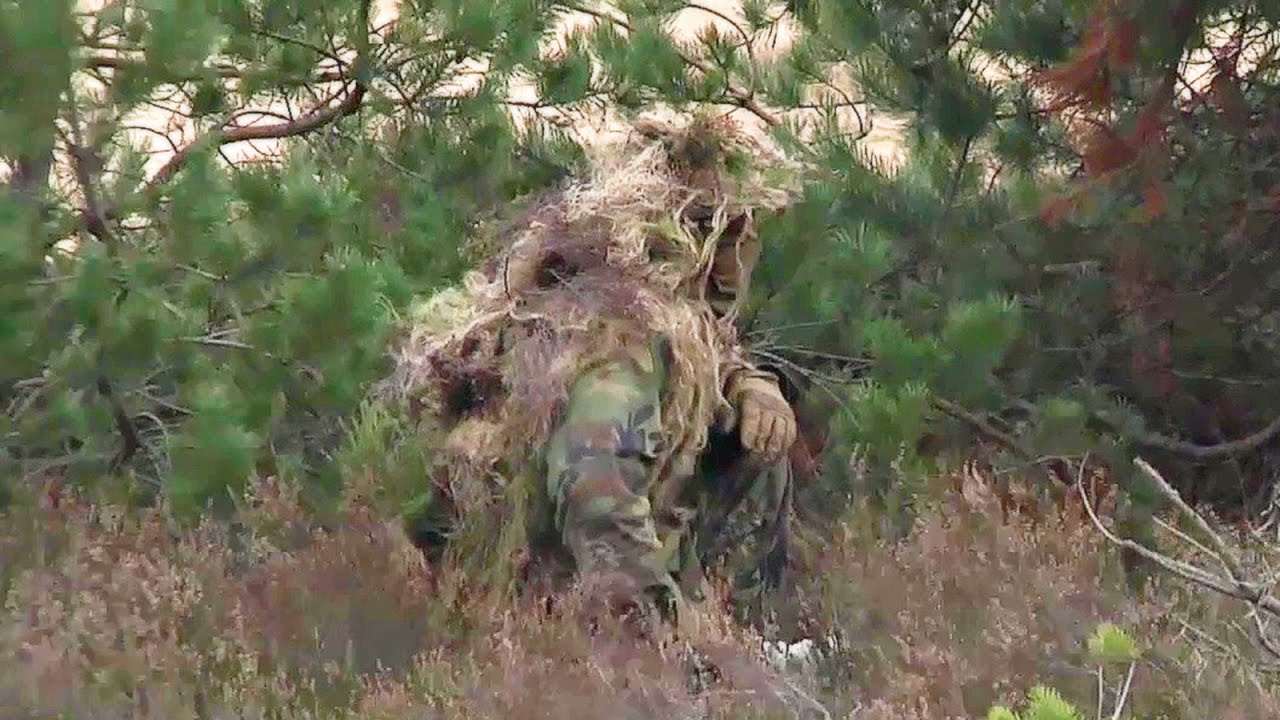Army Looking to Replace Current Ghille Suits

By Debbie Gregory.
A new, lightweight, modular ghillie suit for snipers is in the works to replace the current Flame Resistant Ghillie System, or FRGS, that will be more functional for troops in hot environments.The U.S. Army issued a request for proposal for the IGS on August 28th.
A ghillie suit is a type of camouflage clothing designed to resemble the background environment such as foliage, snow or sand. Typically, it is a net or cloth garment covered in loose strips of burlap, cloth or twine, sometimes made to look like leaves and twigs, and optionally augmented with scraps of foliage from the area.
Program Executive Office Soldier is developing the Improved Ghillie System, or IGS, a modular system that would be worn over the field uniform, Debbie Williams, a systems acquisition expert with Product Manager Soldier Clothing and Individual Equipment, said in a recent Army press release posted on PEO Soldier’s website. Components will include sleeves, leggings, veil and cape that can be added or taken off as needed.
The Army plans to buy about 3,500 IGSs to outfit the approximately 3,300 snipers in the service, as well as Army snipers in U.S. Special Operations Command.
The ghillie suit was developed by Scottish gamekeepers as a portable hunting blind. Lovat Scouts, a Scottish Highland regiment formed by the British Army during the Second Boer War, is the first known military unit to use ghillie suits.
The FRGS was first fielded in 2012 at the Army Sniper School at Fort Benning, Georgia; U.S. Marine Corps Scout Sniper School at Marine Corps Base Quantico, Virginia; and the Special Operations Target Interdiction Course at Fort Bragg, North Carolina.
The updated version will do away with the accessory kit, as most of the items in the kit are not being utilized.
The IGS will feature a lighter, more breathable fabric than the material used in the FRGS, and will offer some flame-resistance, but soldiers will receive most of their protection from their Flame Resistant Combat Uniform, worn underneath the IGS, Army officials said.
The Army will test and evaluate the new IGS in both lab and field environments during day and night conditions, with a user evaluation scheduled for next spring at the Sniper School at Fort Benning.







